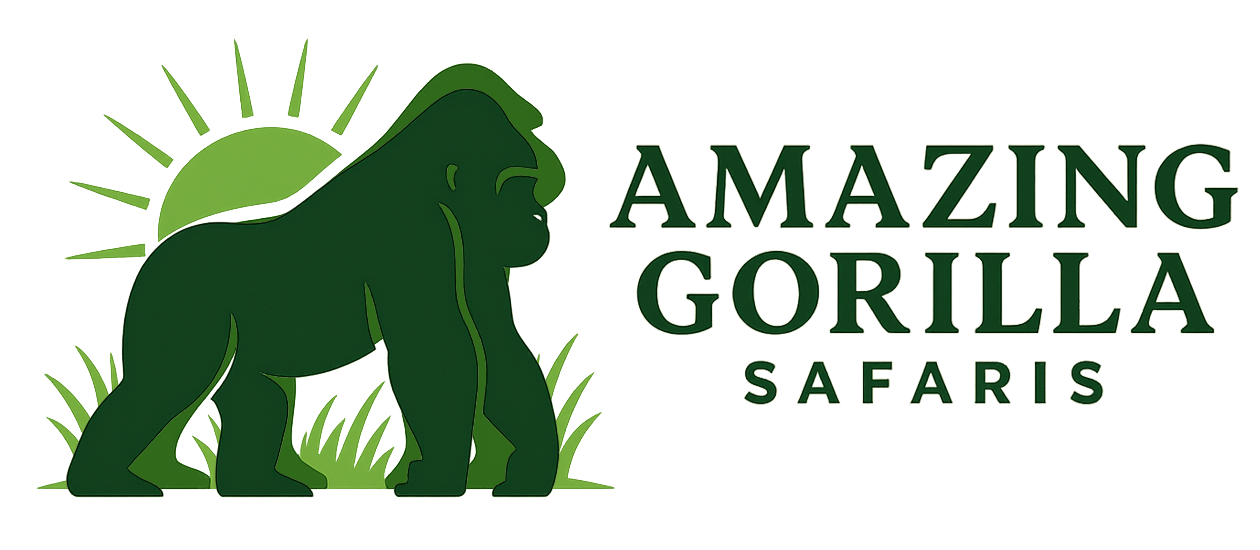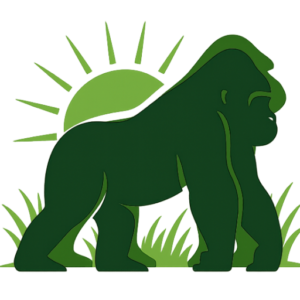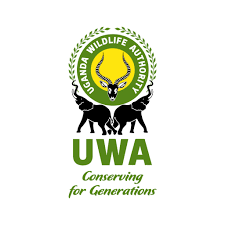Gorilla Trekking Frequently Asked Questions (FAQs)
Gorilla trekking is one of the most unique and unforgettable wildlife encounters in Africa, but for many travelers it also raises countless questions. From the cost of permits and the best time to visit, to what to pack and how safe it is, every detail matters when preparing for such a life-changing journey. Below are the most frequently asked questions about gorilla trekking, answered in detail to help you plan with confidence.
How much does a gorilla trekking permit cost?
The price of a gorilla trekking permit varies depending on the country. In Uganda, permits cost USD $800 per person per trek, while the Gorilla Habituation Experience, which allows four hours with a gorilla family, costs USD $1,500. Rwanda positions itself as a luxury trekking destination, with permits priced at USD $1,500 per person. In the Democratic Republic of Congo, permits are the most affordable at about USD $400, though trekking there is considered more adventurous. These costs go directly into conservation and community support, making them vital for the survival of gorillas.
How long does a gorilla trek last?
A gorilla trek can take anywhere from 2 to 8 hours in total, depending on where the gorilla family is located. Rangers and trackers set out early to locate the gorillas, and trekkers follow their guidance into the forest. The hike can be short if the gorillas are nearby or last several hours if they have moved deep into the jungle. Once found, you are allowed exactly one hour with the gorillas, which is strictly monitored to protect them from stress and disease.
How difficult is gorilla trekking?
Gorilla trekking is considered moderately challenging. The forests are steep, humid, and often muddy, and hikes can involve climbing through thick vegetation at altitudes of 2,200 to 4,000 meters. While this sounds strenuous, most travelers with average fitness complete the trek successfully. Porters are available to carry backpacks and assist on difficult sections, and the pace is slow with regular breaks. With determination and preparation, even older trekkers can enjoy the experience.
How close can you get to the gorillas?
The official guideline is to maintain a minimum distance of seven meters (about 23 feet) from the gorillas. This protects them from human diseases and reduces stress. However, gorillas are wild animals, and sometimes curious individuals approach visitors more closely. If this happens, trekkers must remain calm, avoid sudden movements, and allow the gorilla to pass. Rangers are always present to guide interactions and ensure safety.
Are gorilla safaris safe?
Yes, gorilla safaris are considered very safe. The gorilla families you visit are habituated, meaning they are used to human presence after years of careful exposure. Park rangers lead every trek, and in some regions armed escorts accompany groups to ensure security. Gorillas are naturally gentle and peaceful, and as long as visitors follow the rules and ranger instructions, the encounters are calm and rewarding. Uganda and Rwanda are especially stable and safe for gorilla tourism, while Congo offers more rugged and adventurous experiences.
What is the best time to go gorilla trekking?
The best months are during the dry seasons, which run from June to September and December to February. During this time, trails are less muddy, photography is clearer, and conditions are more predictable. The wet seasons of March to May and October to November bring heavier rainfall, making treks more difficult, but they also offer lush forests, fewer crowds, and lower lodge rates. Since gorillas live in rainforests, rain is possible at any time of year, even in the dry season.
How many people can trek a gorilla family at once?
Only eight visitors are allowed per gorilla family per day. This limit ensures that gorillas are not stressed by too much human presence and that the experience remains intimate. It also means permits are limited and must be booked months in advance, especially in the peak trekking seasons.
Can children go gorilla trekking?
The minimum age for gorilla trekking is 15 years old in Uganda, Rwanda, and the DRC. This restriction is in place because treks are physically demanding and because children may behave unpredictably around gorillas, potentially disturbing them. In rare cases, exceptions have been made for 14-year-olds in Uganda, but these require special permission and are not guaranteed. Families traveling with younger children can arrange alternative activities near the parks while adults trek.
What should I pack for a gorilla trek?
Packing correctly makes the trek more comfortable. Essentials include sturdy hiking boots, long-sleeved shirts and trousers for protection against scratches and insects, a waterproof rain jacket, garden gloves for grabbing vegetation, insect repellent, sunscreen, and a reusable water bottle. A camera with good zoom is recommended, but flash is prohibited. Hiring a porter not only eases your load but also provides income to local communities.
Why are gorilla trekking safaris expensive?
Gorilla trekking is expensive because it funds conservation, anti-poaching patrols, and veterinary care while also supporting local communities through revenue-sharing programs. Permits are intentionally limited to keep encounters sustainable and non-intrusive. The exclusivity of the experience—only eight people per family per day—also adds to the cost. In reality, the high price is part of what has saved mountain gorillas from extinction.




